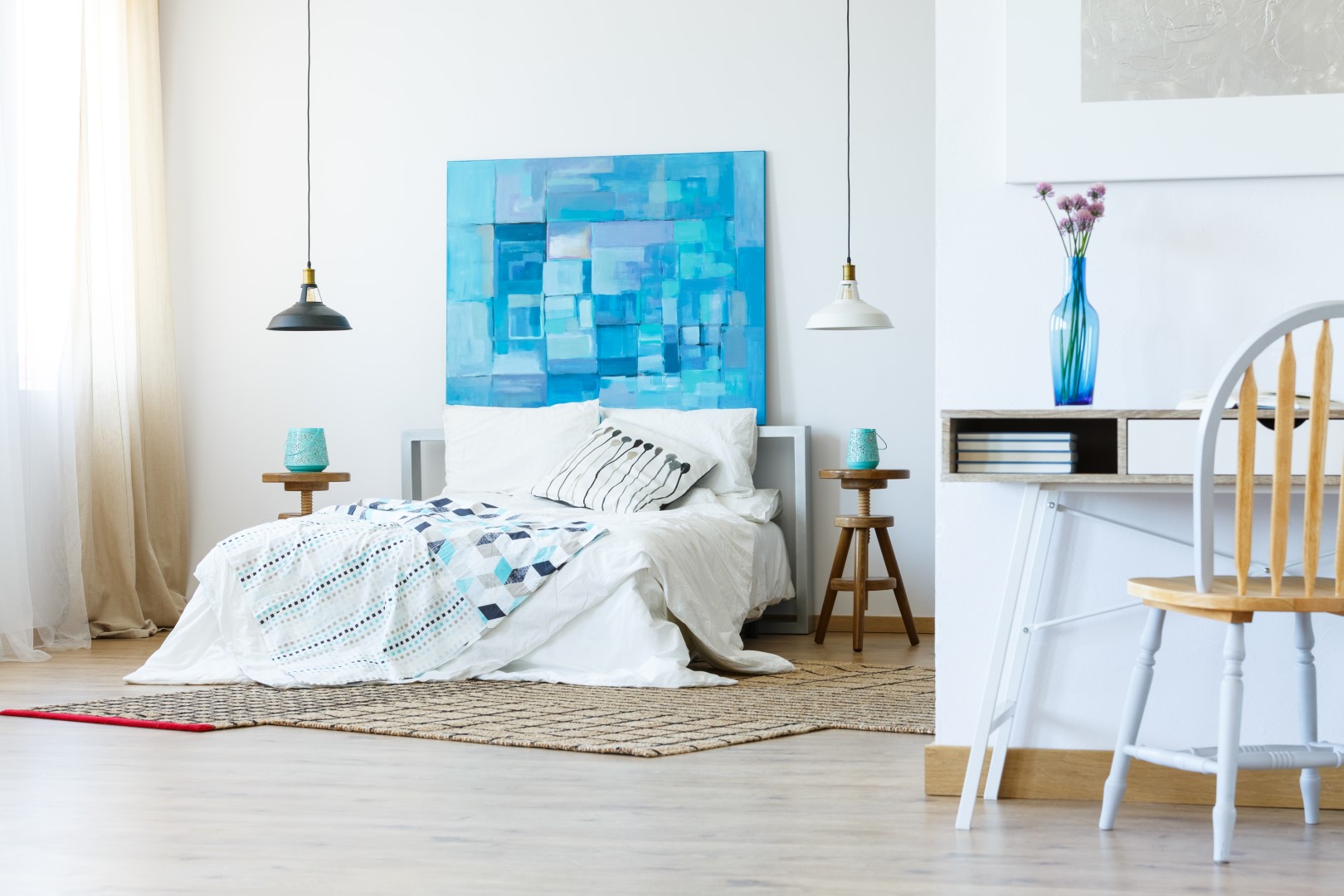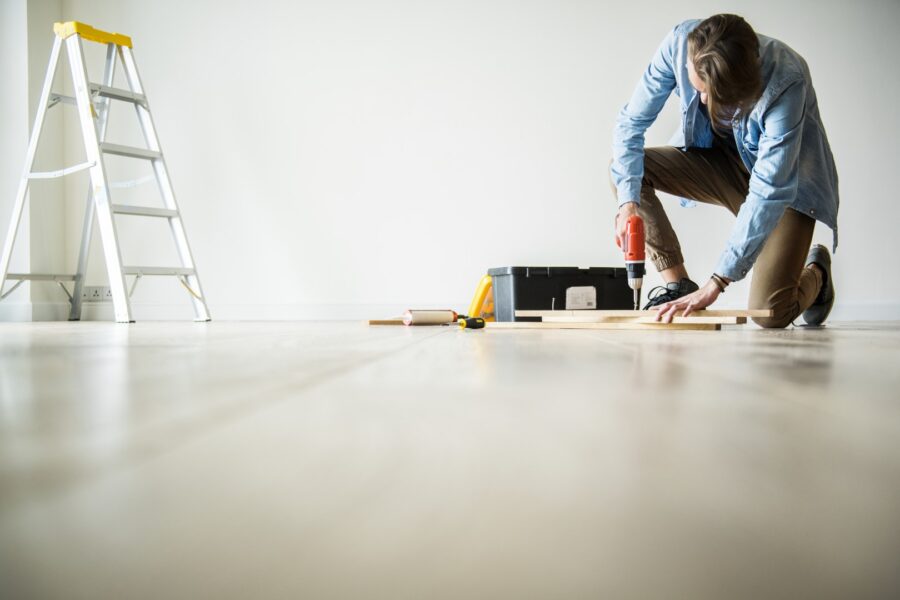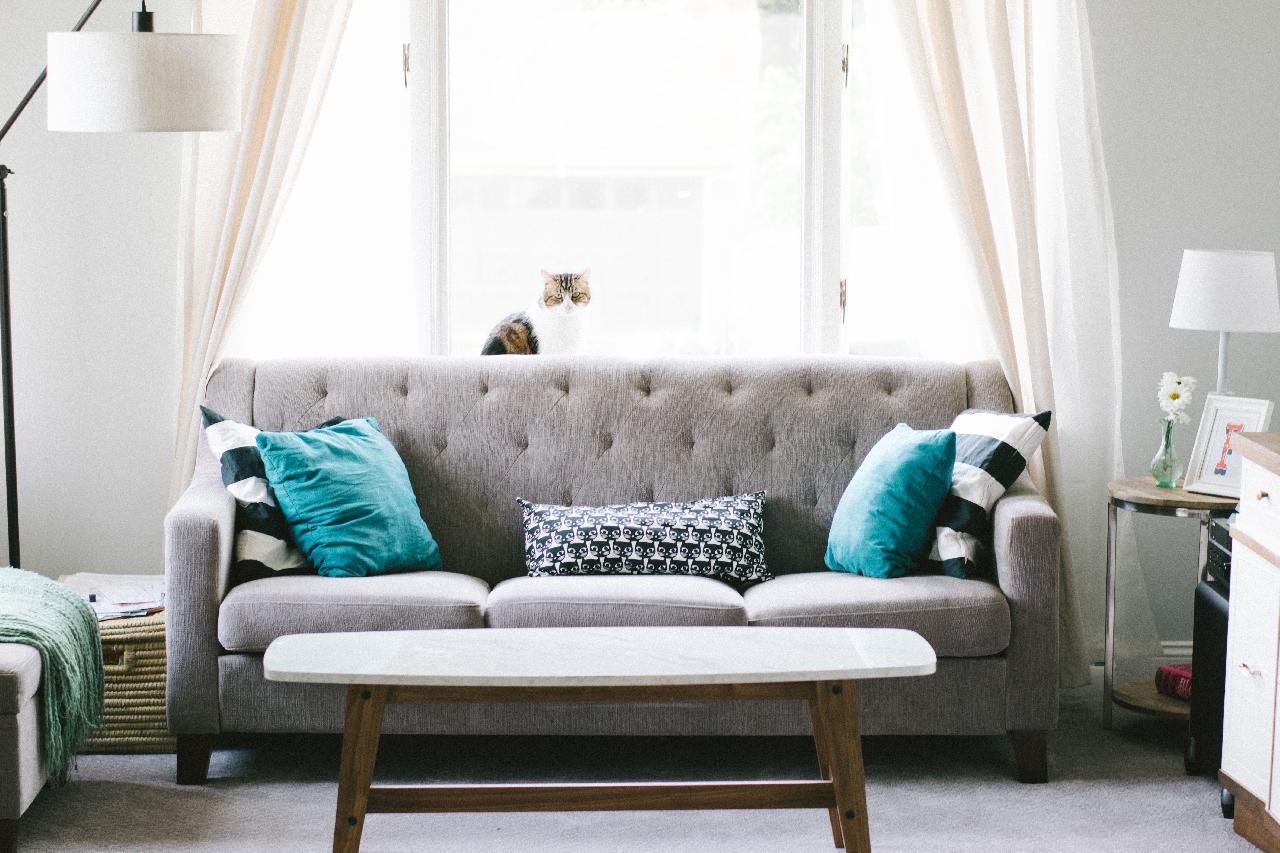When we decorate our homes, it’s not just about picking our favourite colours, it’s also about picking colours which help to create the perfect ambience in our living spaces. We might seek calming colours for our bathrooms for relaxation or seek rich colours to add warmth to our living rooms.
Colour holds the subtle power to sway our emotions and frame our experiences, creating sanctuaries of calm, corners of energy, and suitable at-home work spaces which enhance productivity. Understanding the spectrum’s influence can transform a house into a home that not only looks the part but feels it, too.
The Impact of Colour on Mental Health
The hues that drape the walls of our homes are more than mere backdrops; they are a palette of emotion, each stroke influencing our mood and well-being. Colour psychology, rooted in scientific study, reveals that certain shades can soothe anxiety, invigorate a space with energy, or envelop us in comfort.
It is this powerful interplay between colour and cognition that designers harness to weave tranquillity into the very fabric of our living spaces, demonstrating how the colours we surround ourselves with can profoundly impact our mental health and emotional well-being.
The Calming Effect of Blue in Interior Design
Blue, embodying tranquillity and serenity, can transform a home into a peaceful haven. A subtle yet impactful way to incorporate this colour is by using blue mosaic tiles in your home, which are ideal for creating a spa-like atmosphere in bathrooms. Beyond tiles, blue can be introduced through soft furnishings like cushions and curtains or as accent pieces in art and decor.
Different shades of blue, from light turquoise to deep navy, offer varied effects – light hues bring freshness, while darker tones add depth and richness. This versatility of blue allows for creative freedom in designing a space that’s both beautiful and emotionally comforting.
Adding Touches of Green to Living Spaces
Green, a colour synonymous with nature, instils a sense of tranquillity and harmony in any space. Its varied shades, from the softness of sage to the vibrancy of emerald, can have a soothing effect, promoting relaxation and a connection with the natural world. Incorporating green into home environments can be achieved through various means.
Houseplants are an effortless way to introduce this calming hue, while green accents in cushions, curtains, or wall paint can create a serene backdrop. Wallpaper with leafy or floral patterns can also bring the outdoors in, enhancing the feeling of serenity. Each shade of green carries its unique charm, offering a refreshing escape within the comfort of home.
Achieving Warmth & Comfort with Shades of Brown
Brown, a colour that epitomises stability and grounding, plays a crucial role in creating a secure and comfortable space. Its earthy tones, from light beige to deep chestnut, evoke a sense of solidity and warmth. Integrating brown hues into interior designs can be achieved through wooden furniture, which adds natural texture and richness to a room.
Textiles like rugs, throws, and cushions in various shades of brown can also enhance the cosy feel. For a more subtle approach, accessories like picture frames or decorative objects in brown tones can tie a room together, providing a comforting, anchored atmosphere that makes any space feel like home.
Using Black for Adding a Dramatic Look to your Home Design
Black, known for its dramatic elegance, makes a powerful statement in interior design. Its use can add depth and sophistication to a space, influencing our perception with its bold presence. To effectively use black without overwhelming a room, consider it for accent pieces like lamps, picture frames, or throw pillows.
Painting one wall in black can create a focal point, adding an element of depth. Pairing black with lighter colours or metallic accents can balance its intensity, ensuring the space remains inviting. Thoughtfully integrated, black can transform any area into a stylish and refined environment.
An Energetic Pop of Colour with Orange
As a vibrant and energetic colour, orange injects enthusiasm into any home design. It’s particularly effective in spaces where creativity and vitality are desired. To tastefully incorporate orange, consider using it in accent pieces like cushions, artwork, or decorative objects.
This approach allows the colour to stand out without overpowering the room. For a more subtle influence, orange-toned wood or textiles can add warmth. Whether it’s a bright tangerine shade or a muted terracotta, orange brings a lively and spirited atmosphere to home interiors, stirring up a sense of joy and dynamism.
Utilising White for Spaciousness & Productivity
White is renowned for its ability to create a sense of openness and reduce stress, making it a popular choice in interior design. It’s also considered to be one of the best colours for happiness and productivity – making it a great colour to use in many rooms, such as a home office.
Utilising white in interiors can also enhance the feeling of space, making rooms appear larger and more airy. This can be achieved through white walls, which serve as a blank canvas, or through large white furnishings like sofas or rugs.
Incorporating elements like sheer white curtains can also amplify natural light, contributing to a more relaxed and serene environment. White, in its simplicity, offers a clean and uncluttered look, bringing a calming and spacious quality to any home setting.
Discover more from Futurist Architecture
Subscribe to get the latest posts sent to your email.



